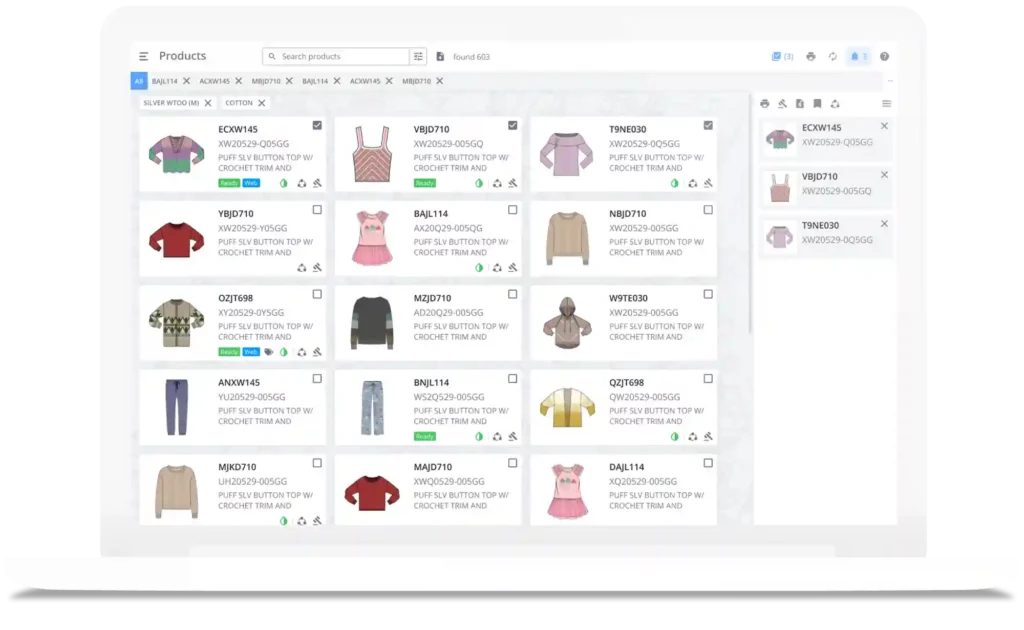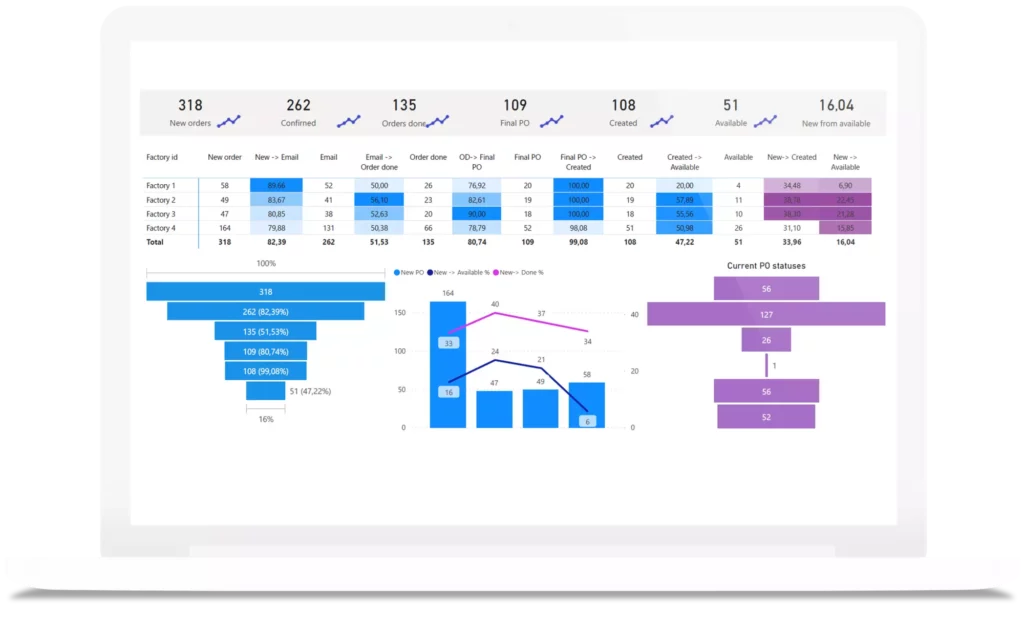In the fashion industry, product lifecycle management (PLM) is critical for ensuring that products are designed and manufactured efficiently and meet customer demands.
However, many businesses do not have a PLM system in place, which can lead to a number of problems including missed deadlines, design flaws, and excess inventory.
In this post, we will discuss what fashion PLM is and why your business needs it.
What is Fashion PLM?
Fashion PLM (Product Lifecycle Management) software is a system designed to streamline the process of bringing fashion products to market.
PLM software helps businesses manage all aspects of the product development cycle from start to finish. It includes streamlining the design process, managing inventory, and keeping track of customer orders.

From integrating all of your product data to processes, materials, and business systems (2D/3D CAD, ERP, etc.), a reliable PLM system can help you follow and track the lifecycle of each component and product in your company. When I say this, I mean, everything from conceptualizing to delivering the product to the customers.
The basic elements of cloud software for fashion PLM include:
- PLM libraries about product types, suppliers, materials, components, etc.
- Digital asset management
- Billing of materials (BOM)
- Billing of labor (BOL)
- Product configuration and template management
- Sourcing details
- Costing details
- Critical path
- Workflows management
- File and documents management
- Access and organization management
Having a fashion PLM system in place can indeed help you bring your products to market faster and at a lower cost.
Why Does Your Business Need a Fashion PLM System?
There are many reasons why your business needs a fashion PLM system. A fashion PLM can help you:
1. Facilitate collaboration between remote teams, vendors, and even customers
Using cloud PLM software can help businesses facilitate collaboration between remote teams, vendors, and even customers. This is vital for ensuring that products are designed and manufactured efficiently and meet customer demands.
It is a much better system than discussing everything over email threads and maintaining all data in Excel sheets.
2. Improve communication and coordination
Fashion PLM systems can help improve communication and coordination between all departments within a company. This includes design, development, manufacturing, sales, and marketing.
By improving communication and coordination, businesses can avoid missed deadlines, design flaws, and excess inventory.
Moreover, you’ll be able to increase product variety without hiring more people because having an integrated, enterprise-wide PLM system makes it possible to launch new product styles, services, and varieties at a much faster pace than the traditional methods would have.
3. Improving quality control with fashion PLM
What’s more, PLM systems can help apparel businesses improve quality control. By keeping track of all aspects of the product development cycle, businesses can identify and fix problems quickly. This can help improve the quality of products and avoid costly delays.
For example, if a design flaw is discovered during the manufacturing process, it can be fixed quickly and without disrupting the production schedule.
In addition, you can use a product lifecycle management system to:
- Centralize product information and make it accessible to everyone involved in the product development process.
- Stay on top of the development process and about any product changes with instant, real-time notifications.
- Review the details of the warehouse and factory.
- Control damage immediately before it affects the workflows of other departments.
- Assign tasks more efficiently.
- Make the product sampling process more robust.
- Keep up with your compliance commitments.
4. Increasing flexibility and agility
Fashion PLM systems can help businesses increase flexibility and agility. By automating tasks and improving communication, businesses can respond quickly to changes in the marketplace.
Furthermore, this can help businesses stay ahead of the competition and meet the ever-changing needs of customers.
5. Save time and money with fashion PLM
PLM systems can help apparel businesses save time and money by streamlining the product development process. This includes automating tasks, reducing errors, and eliminating the need for manual data entry.
In addition, you’ll be able to make smarter decisions for your business based on real-time data feeds across company divisions, merchandisers, season accounts, and more.

This will help you make better-informed decisions to:
- Improve efficiencies.
- Deliver faster product development.
- Increase product sales at higher profit margins.
- Reduce overall costs of goods sold (COGS).
Wrapping Up
In brief, fashion PLM is critical for ensuring that products are designed and manufactured efficiently and meet customer demands.
If your business does not have a PLM system in place, you may be missing out on important benefits that can help improve your bottom line. If you want to get started, scheduling a 15-min demo of Wave PLM software could be a great start for the growth of your fashion business.
Do you have any questions about fashion PLM? Let us know in the comments below.





Leave a Reply